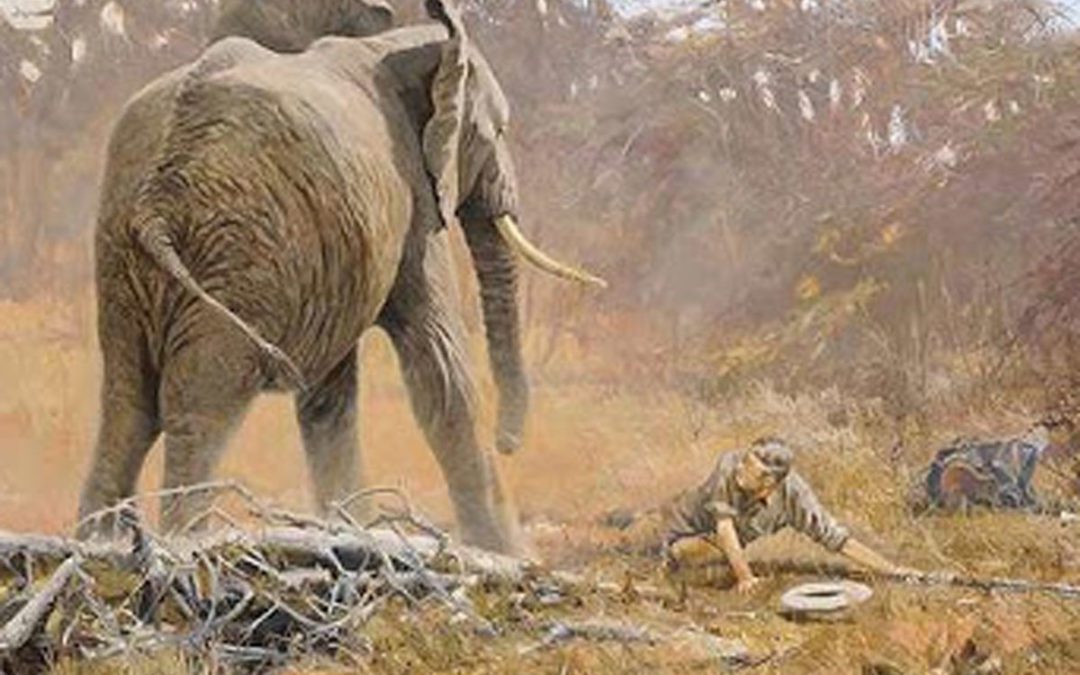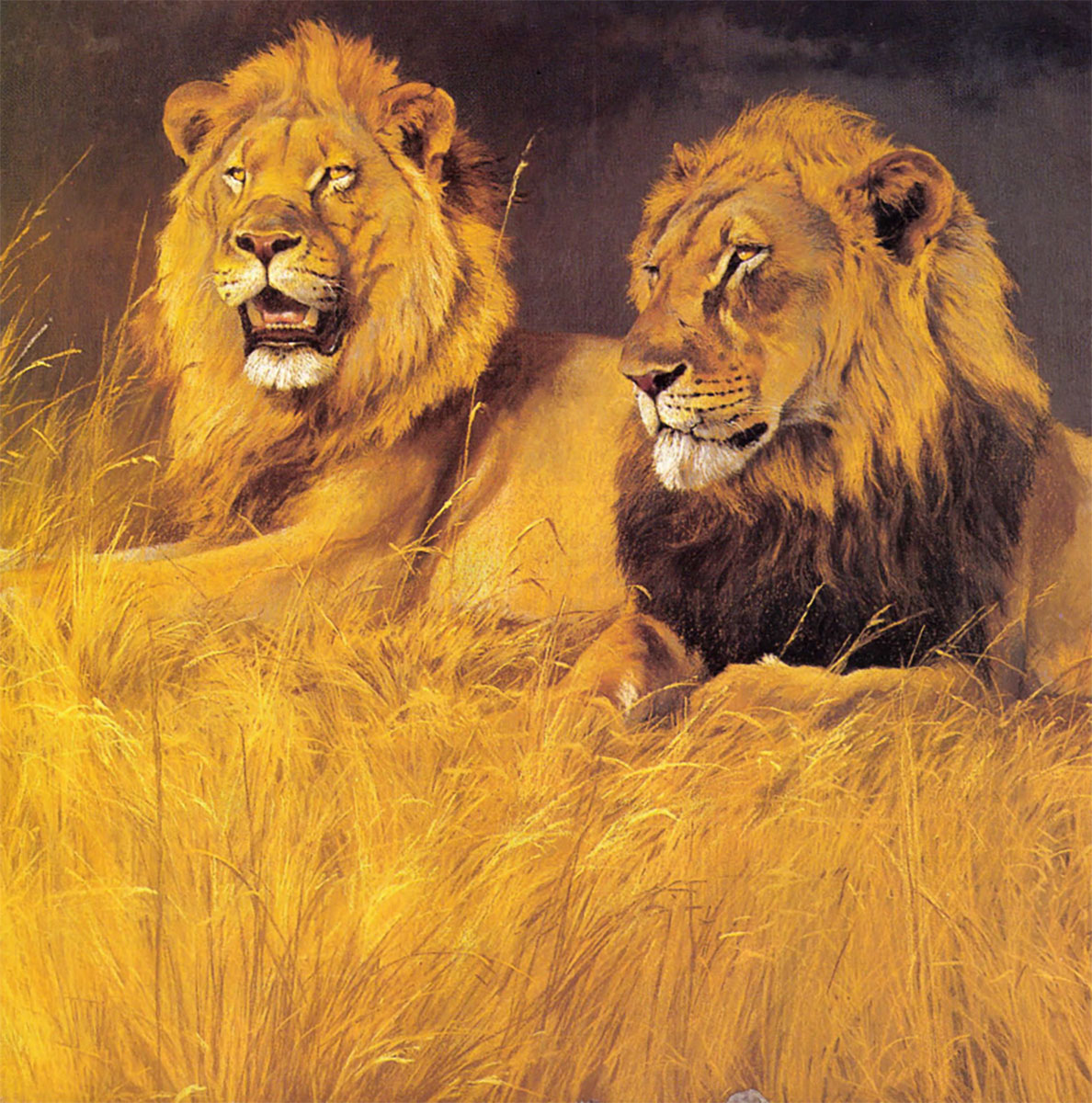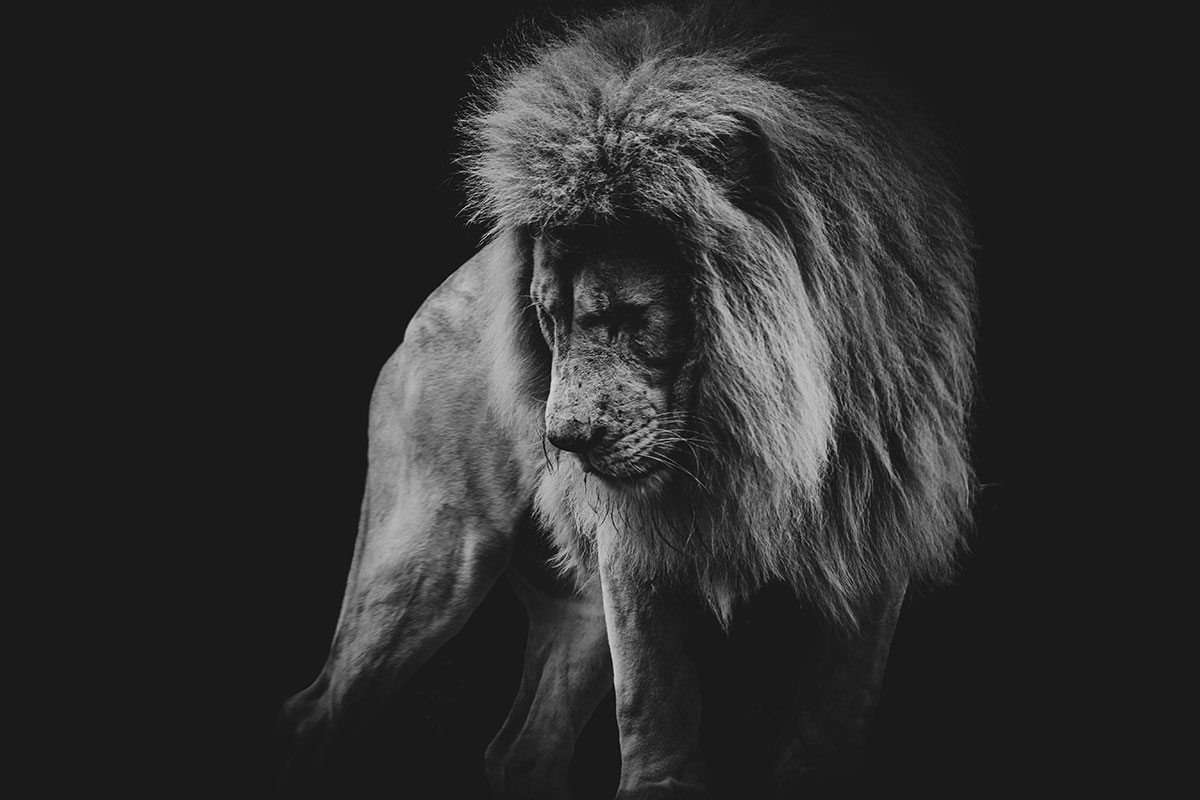One of the first hunters to take advantage of the “Ivory Rush” in the Lado Enclave, John Boyes soon learned just how dangerous his new occupation would be.
The death of King Leopold of Belgium in 1909 created an elephant hunters’ free-for-all in the Lado Enclave, a 100-square-mile corner north of Lake Albert in Uganda.
The area was home to some of East Africa’s largest elephant herds, which had thrived under the King’s protection. After he died, the local politicians couldn’t decide what to do with the Lado, and so it became a “no man’s land,” without any direct rule. Off-limits to hunters for many years, suddenly it became open to them. Their only obstacle was the cadre of loyal Belgian police who, acting on their own authority, tried their utmost to protect the elephants from poachers flooding into the area from British East Africa.
Once a hunter crossed the Nile, he was taking his life in his own hands. Although the rewards were great, he was no longer protected by British authorities and faced many dangers in pursuit of the “white gold.”
The elephant hunters devised a variety of elaborate schemes to avoid the Belgian police. If a hunter didn’t know the area, he would probably search in vain for the elephants, and if he wasn’t arrested, he’d probably die of black-water fever.
One of the first adventurers to take advantage of the “ivory rush” was John Boyes, who owned a farm in BEA. Immediately after the King’s death, he headed out to try his luck in the Lado. He first went to the Belgian commissioner and told him that he wanted to trade in the Enclave, but was nervous about camping among so many elephants. He asked the commissioner to point out on a map where most of the elephants were found so he could avoid them.
The commissioner was more than happy to oblige. Armed with this information, Boyes set off to hunt elephants!
The would-be elephant hunter was a hardy frontiersman, but he lacked the bushcraft of men like “Karamojo” Bell and Bill Judd. Nonetheless, Boyes hurriedly put together a group of natives and headed off into the bush.
 Apparently, he did a good job of selecting his porters and gunbearers because with their help he bagged 3,000 pounds sterling (roughly $13,000 at that time) worth of ivory in just one month. Elephants were so abundant that some hunters earned upwards of 16,000 pounds sterling ($75,000) in just six months a lot of money for that time.
Apparently, he did a good job of selecting his porters and gunbearers because with their help he bagged 3,000 pounds sterling (roughly $13,000 at that time) worth of ivory in just one month. Elephants were so abundant that some hunters earned upwards of 16,000 pounds sterling ($75,000) in just six months a lot of money for that time.
Despite his early good fortune, Boyes soon realized the difficulties and dangers in elephant hunting. In much of the area the grass grew too tall to see over; often he had to sit on the shoulders of a porter or gun bearer to take a shot. Invariably the recoil would bring both men tumbling down.
The ingenious Boyes eventually used a well-trained mule as his shooting platform and in time, the mule became his constant hunting companion.
Unfortunately, his success would come to a tragic end several weeks into his Lado excursion. Boyes and his men were tracking a large bull elephant in a dry scrub area of the Enclave. They reached a small clearing where he could see the bull, which sported long, heavy tusks. As it turned to face the hunters, the bull let out a deafening scream and then charged at frightening speed.
Boyes fired his rifle, which appeared to stop the bull in its tracks. As the dust gradually settled, Boyes waited to see what damage he’d done. To his horror the elephant was not at all handicapped, but suddenly emerged through the dust, bearing down on him once again.
Boyes grabbed his second rifle from the gun bearer, but before he could raise it to his shoulder the bull was on him, ripping the gun from his hands with its massive trunk. The shocked hunter could only look on in amazement as the elephant began to beat his rifle against the ground. Boyes took this opportunity to dive for cover. Just then the bullet in the rifle’s chamber fired, spooking the elephant and sending it charging down the track and into the bush.
Boyes dusted himself off and went in search of his men. He soon found his gunbearer lying not far from the shattered rifle. The elephant had knelt on the luckless native and plunged his tusks through the man’s chest. Boyes and the porters performed an impromptu burial service and then continued their hunt.




